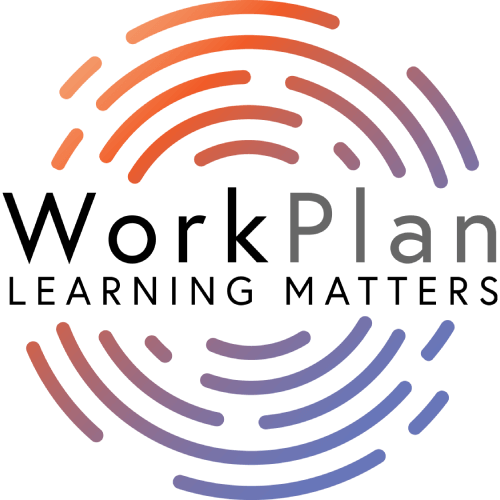Build Business Resilience Through Learning
Step 3: Focus Your Efforts Where Resilience Matters Most
This is the third article in our 6-part series on how small and medium-sized businesses (SMBs) can build a resilient business through learning.
Resilience is about having a capable, adaptable workforce ready to meet challenges head-on. That’s why learning and development play a central role in strengthening business continuity, agility, and long-term performance.
In Step 1, we looked at how to define your business objectives and identify the risk areas that learning can help address.
In Step 2, we explored how learning technology should align with those identified needs – your business objectives and risk areas.
In Step 3, we will focus on how to identify and prioritise the learning areas that will deliver the greatest impact in terms of business continuity, team capability, and agility under pressure.
Why Prioritise Learning Areas?
It’s tempting to try to give access to as much training material as you can access. WorkPlan comes populated with more than 170 courses with 1000+ microlearning modules. Even I find it overwhelming looking at the large number courses that are available. Resilience comes not from having more courses in your LMS, but from ensuring your team has the skills that protect the business, drive performance, and enable adaptability when things change.
If you are getting started with building business resilience through learning, it is best to start by directing your energy and investment into learning that supports immediate resilience.
Priority Learning Areas for SMB Resilience
Here are four high-impact learning categories to focus on first:
1. Compliance Training
Compliance is a cornerstone of operational stability. Gaps in this area can lead to costly legal penalties, reputational damage, and disrupted operations. It may seem boring, but there are engaging compliance courses that not only meet requirements but will encourage positive behaviour.
Your LMS should:
- Deliver up-to-date, trackable compliance modules
- Automate refresher reminders and expiry alerts
- Enable audit-ready reporting for regulators or insurers
This not only ensures you meet your obligations—it creates a baseline of shared understanding across your workforce.
2. Cross-Training and Role Redundancy
When knowledge lives with one person, the business is vulnerable. Cross-training helps eliminate single points of failure, ensures smoother coverage during leave or turnover, and boosts operational flexibility.
Focus on:
- Identifying overlapping responsibilities
- Mapping core skills between team members
- Using your LMS to assign learning plans that develop role redundancy across departments
This builds both capability and confidence.
3. Digital Literacy and Tool Proficiency
Whether your team is remote, hybrid, or on-site, digital fluency increases daily. Employees must be comfortable using systems that support communication, collaboration, and operations.
Examples include:
- Cloud platforms (Microsoft 365, Google Workspace)
- Industry-specific tools (e.g. project management, CRM, or compliance systems)
- Cybersecurity awareness training
Digital capability equals business continuity.
4. Soft Skills for Agility and Collaboration
Resilient businesses depend on resilient people. That means strengthening the human capabilities that drive teamwork, adaptation, and problem-solving in times of change.
Key soft skills include:
- Adaptability and growth mindset
- Communication and collaboration
- Decision-making under pressure
- Conflict resolution and emotional intelligence
Soft skills are often harder to measure—but they’re critical to creating a culture that performs under pressure.
Use Data to Target What Matters
Your LMS can help identify learning priorities by:
- Running skills assessments
- Reviewing compliance gaps
- Capturing manager feedback through surveys or 1-on-1 check-ins
WorkPlan Learning offers built-in tools to support this process, so you can build your learning strategy on real-world needs, not assumptions.
If you’re building resilience, don’t start with everything. Start with what matters most.
By focusing your learning efforts on the areas that strengthen operations, reduce risk, and empower people, you set your business up not just to survive disruption—but to grow through it.
Part of the “Build Business Resilience Through Learning” Series This is Article 3 of 6 in our series designed to help small and medium-sized businesses identify and prioritise the learning areas that will deliver the greatest impact in terms of business continuity, team capability, and agility under pressure.
Previous Article:
Step 1 – Define Your Business Objectives and Risk Areas
Step 2 – Choose an LMS That Aligns with Your Needs
Coming Up Next: Step 4 – Empower managers to lead and track learning
